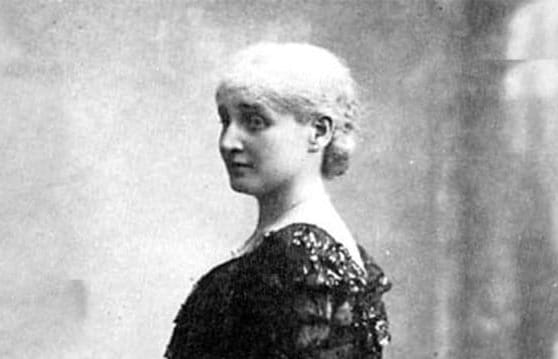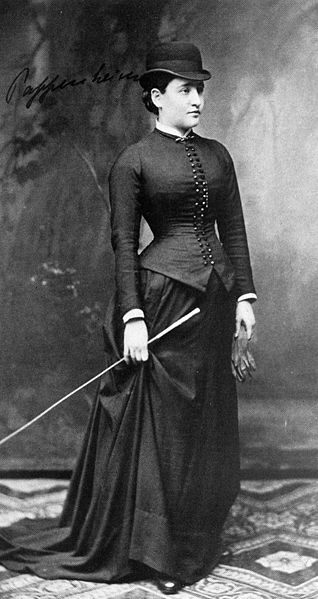The Strange Case of Anna O.

As the 19th century drew to a close, if dancing naked was symbolic of the New Woman, then its reversal also was possible - the adding of more layers. Repressed hysterics (or so they were "diagnosed") chose to push back this way. The most famous case study was Anna O., a pseudonym for a young Jewish Viennese woman, Bertha Pappenheim.
Throughout 1881 and 1882, Pappenheim, who was in her early twenties, indulged in an act of reverse striptease with her physician Josef Breuer, adding layers ("reminiscences"). Breuer saw it in reverse of course. With Freud's help he described her case in Studies on Hysteria (1895), wherein they advanced the idea that through unburdening herself of her traumatic memories, especially the loss of her father, Anna O. had been able to achieve catharsis.

These days it's possible to advance the opposite theory, which accounts for Breuer's suddenly dropping her as a patient when she famously declared she was having his baby. It may have been one story too many.
The photo above is taken from the time when she was Breuer's patient. She would go on to have a notable career as a leading feminist and founder of the Jüdischer Frauenbund (League of Jewish Women). She never married and, although there is no evidence she was a lesbian, she did prefer the company of other women throughout her life.
